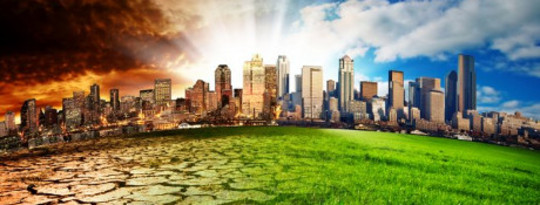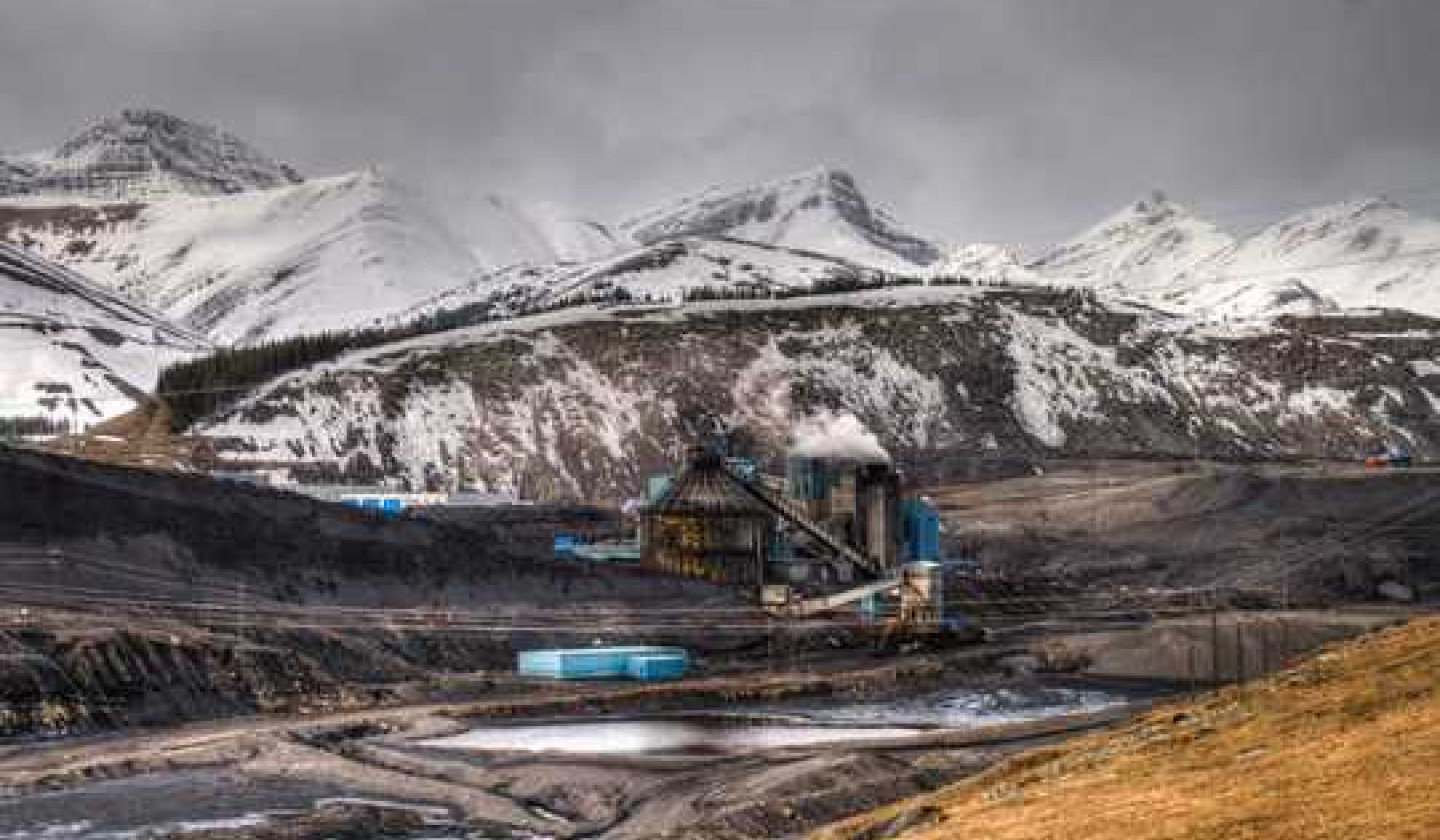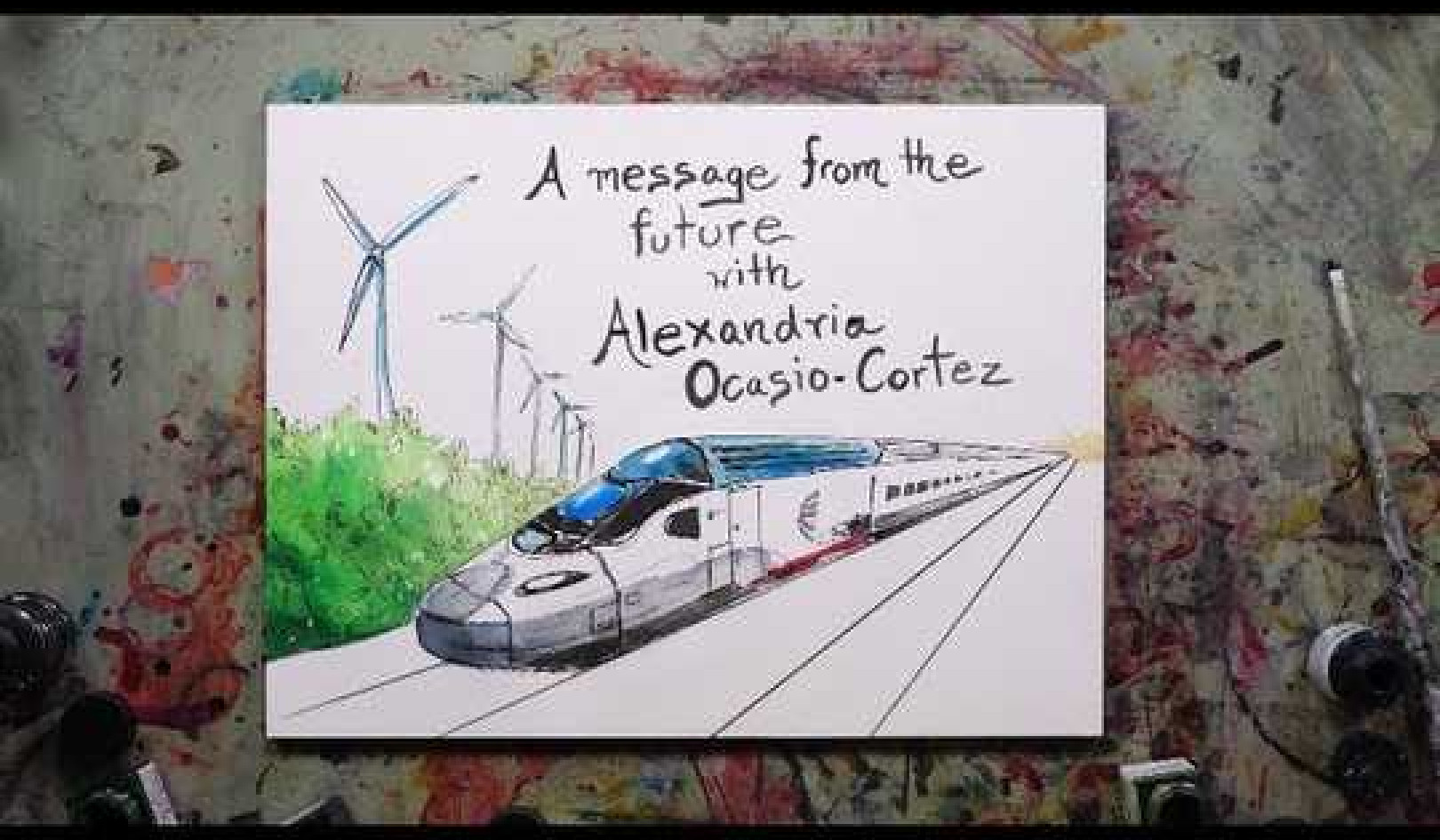
Recent signs that Barack Obama may approve the Keystone XL pipeline have some environmentalists feeling down about the future of the climate. But huge and positive changes are quietly taking place.
Climate change could have a crushing effect on the global economy, according to a recent report from the Intergovernmental Panel on Climate Change, the Nobel-Prize-winning committee of climate scientists from around the world.
But there are reasons for hope, if we act quickly. Here are eight signs that it's still possible to turn things around and create a low-carbon future.
1. We already know how to engineer zero-carbon buildings.
These buildings generate at least as much energy as they consume. Developers like K.B. Homes have been building them in multiple states during the past several years. Experts estimate that more than 200 of these buildings have been built in the United States during the past five years.
Within a few more, many thousands of these buildings will come online. California is requiring that all new residential buildings be net-zero in terms of emissions by 2020 and all new commercial buildings be net-zero by 2030. Other states are enacting tax credits to create incentives for similar building techniques.
Net-zero buildings are just one example of a much larger trend nationwide toward energy efficiency. The Energy Information Agency, which tracks U.S. emissions, has shrunk its estimates of future energy use by buildings every year since 2005. The EIA's projections for energy consumed by buildings in 2030 are now 40 percent lower than what they forecasted eight years ago.
2. We are finally entering the age of the electric car.
Rules enacted during President Obama's first term are ramping up the average fuel efficiency of passenger cars — from 30.5 to 54.5 miles per gallon between 2013 and 2025 — and boosting the market for electric cars. Eight automobile companies have 14 electric vehicles available in the U.S. market. Sales of these vehicles nearly doubled in 2013.
3. We are using more renewables, and less coal, than ever before.
Wind power development reached a new record in 2012: In the United States, we added 13,000 megawatts and invested $25 billion. Solar has also had two breakout years in a row. Installed solar in the United States more than doubled in 2012 to 7,000 megawatts, and grew by its largest margin ever in 2013 to more 10,000 megawatts by end of the third quarter, despite the low cost of natural gas.
Meanwhile, it's more affordable than ever to install solar: The cost of panels has declined by 60 percent since the beginning of 2011. We have also finally learned how to finance solar, through mechanisms like solar leases that take away upfront installation costs as well as feed-in tariffs that allow purchasers of renewable energy equipment to receive a set price for the energy they put back into the grid.
4. States are showing that it's possible to make policies that both cut carbon emissions and create jobs.
California has already rolled out its cap-and-trade program to rein in carbon emissions. At the end of June, the governors of California, Oregon, and Washington and the premier of British Columbia announced that they intend to get the ball rolling on a clean energy program that will bring a million new jobs to the region. That program will reduce greenhouse-gas emissions by 80 percent or more.
5. Cities are facing the consequences of climate change and taking action.
In the months since Superstorm Sandy, a growing chorus of mayors is leading American cities to prepare for climate change and become more resilient in the face of storms and sea-level rise. New York City has helped drive this effort with a plan for protecting its infrastructure and citizens. It has also commissioned a study to examine how best to reduce its carbon emissions by 80 percent below 1990 levels by 2050.
6. The president is ready to take action, at home and internationally.
Barack Obama's Treasury Department has announced that it will no longer contribute money for coal-fired power plants funded by the World Bank. Meanwhile, Obama has put together a coalition of other nations willing to make the same commitment, including critical funders and board members of the World Bank.
The Obama White House and State Department are also actively working with China and India to negotiate an agreement to prevent the use of hydrofluorocarbons, greenhouse gases that are more than 1,000 times more powerful than carbon dioxide.
Here in the United States, since President Obama announced his new climate plan in June 2013, the EPA has begun making rules for carbon pollution from power plants. The plan also lays out several other big-ticket actions to increase energy efficiency in large trucks and trailers and reduce emissions of methane, another especially powerful greenhouse gas.
7. China wants clean air and clean energy.
Emissions from coal plants kill 1.2 million people per year in China, according to the World Health Organization. Air pollution from coal-fired power plants has become a political liability for the country's leadership and is driving a widespread call for change. Just five years ago, Chinese officials said the country's carbon emissions would not begin dropping until 2030. Analysts at Citibank now predict that Chinese coal emissions are likely to peak this decade.
This is not soon enough to rescue the climate, and many people are hoping to find ways to cut coal use even faster in China, as the country rapidly develops renewable energy. Not only is China now the largest manufacturer and exporter of solar and wind equipment; it is now installing these technologies at home much faster than anyone else. China built 10,000 megawatts of new solar in 2013, and will add another 12,000 megawatts in 2014, according to projections — much larger amounts than industry insiders anticipated even a year ago.
8. Renewable energy is on the rise around the world.
Renewable sources will produce more power than natural gas and twice as much as nuclear by 2016, according to the International Energy Agency.
For example, even Saudi Arabia, a nation synonymous with oil, is building 54,000 megawatts of new renewables for domestic energy consumption. Germany aims to get 80 percent of its power from renewables by 2050. Already, 25 percent of its grid is renewable.
Germany's renewable energy legislation has become a model for governments around the world. Nearly 100 governments, including China, India, Turkey, and Saudi Arabia, 20 European nations, and a large number of regional and local governments worldwide, have enacted some version of the German feed-in tariffs.
These are major milestones, and this is an important moment. We are a long way from solving the climate problem, but the threads of success are coming together. We need to find a way to seize these opportunities, reduce our emissions, and dramatically expand the low-carbon economy during the next few years.
This article originally appeared in YES! Magazine
About the Author
 Michael Northrop directs the Sustainable Development grantmaking program at the Rockefeller Brothers Fund in New York City, where he focuses on energy and climate change. He also moonlights as a lecturer at Yale University’s Forestry and Environmental Studies School, where he teaches a course on environmental campaigns. Previously he was executive director of Ashoka, an international development organization that supports “public sector entrepreneurs” and an Analyst at First Boston, an investment bank in New York City.
Michael Northrop directs the Sustainable Development grantmaking program at the Rockefeller Brothers Fund in New York City, where he focuses on energy and climate change. He also moonlights as a lecturer at Yale University’s Forestry and Environmental Studies School, where he teaches a course on environmental campaigns. Previously he was executive director of Ashoka, an international development organization that supports “public sector entrepreneurs” and an Analyst at First Boston, an investment bank in New York City.
Recommended Book:
How to Change the World: Social Entrepreneurs and the Power of New Ideas, Updated Edition
by David Bornstein.
 Published in over twenty countries, How to Change the World has become the Bible for social entrepreneurship. It profiles men and women from around the world who have found innovative solutions to a wide variety of social and economic problems. Whether they work to deliver solar energy to Brazilian villagers, or improve access to college in the United States, social entrepreneurs offer pioneering solutions that change lives.
Published in over twenty countries, How to Change the World has become the Bible for social entrepreneurship. It profiles men and women from around the world who have found innovative solutions to a wide variety of social and economic problems. Whether they work to deliver solar energy to Brazilian villagers, or improve access to college in the United States, social entrepreneurs offer pioneering solutions that change lives.
Click here for more info and/or to order this book on Amazon.

























